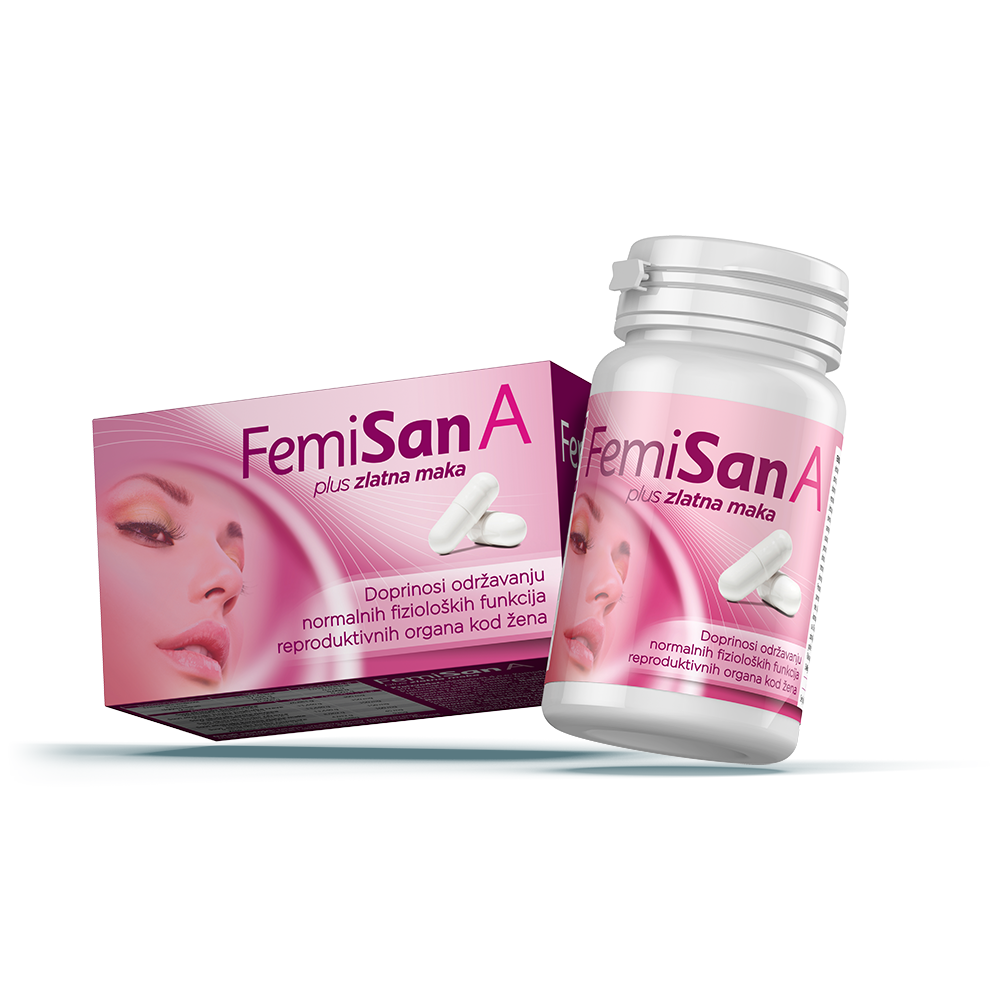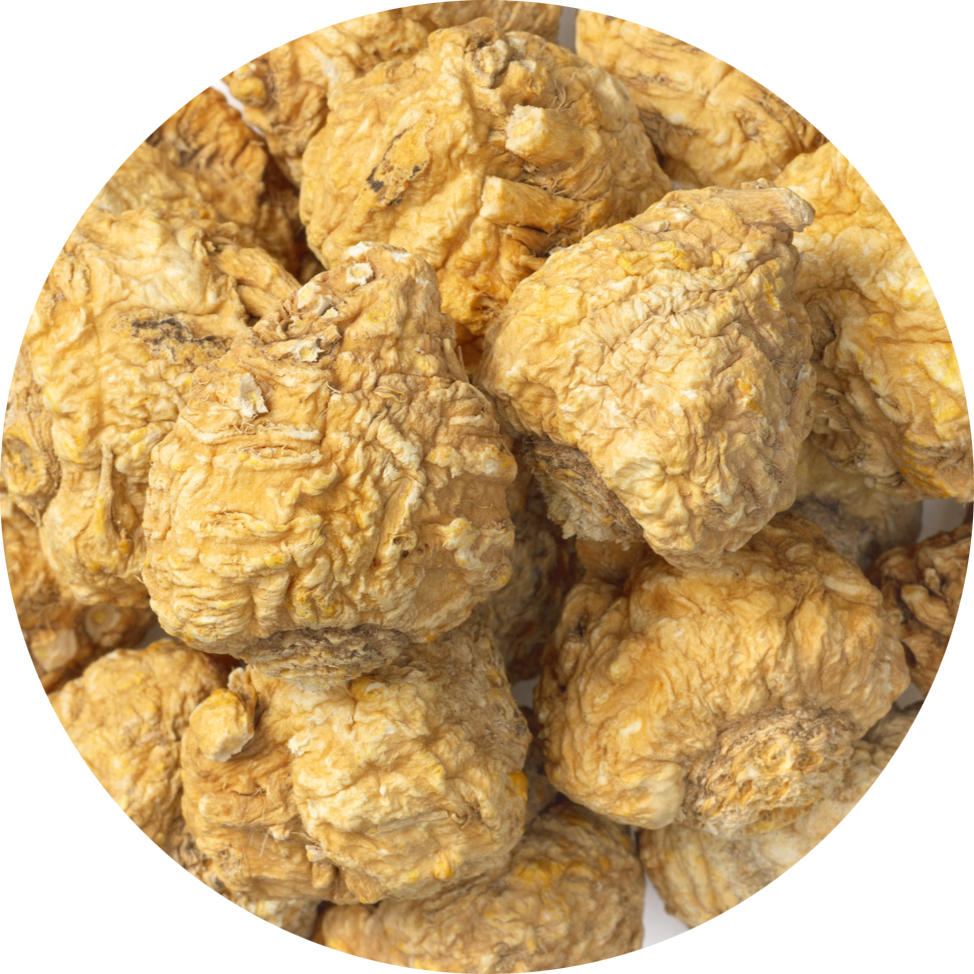(Lepidium meyenii)
Not a day goes by without us coming across reports about foodstuffs that have exceptional nutritional properties, brimming with anti-oxidants, polyphenols, vitamins and minerals.
Some research shows that including them in our daily diet reduces the risk of developing chronic diseases, increases our life expectancy and quality of life, makes us more resistant to viruses and helps us maintain our desired body weight more easily. Such foods have been named super foods. Today, more than ever before we can find a great variety of foodstuffs from all corners of the world in our shops. Even though we must not overlook locally-grown produce which has been feeding generations of our ancestors, it is worth trying something new, brought to us from a far-flung place, such as this super food from Peru – golden maca.
Golden maca is a tuber plant that has been grown in the Andes for over 3,000 years. The first written records of it date back to 1533, when Pedro Cieza de Leon, the official chronicler of the Spanish conquerors of Peru, described the province of present-day Junin in the Peruvian Andes and the natives who used “certain roots” for food. The first to mention the specific name of golden maca was Padre (Father) Cobo in 1653; he described it as growing in the harshest and coldest parts of the province of Chinchaycocha, where nothing else could be grown that could be used as food. Cobo mentioned the use of maca as an aphrodisiac and to improve fertility, while later chroniclers also described its stimulating effect, i.e. its ability to raise energy and improve mood. Maca is really a tough old mountain dweller: after it is dug up and dried, it lasts for years. Its dried root is hard as a stone, so it must be boiled before consumption, while its active metabolites increase by cooking, similar to tomatoes which have a higher level of lycopene after cooking. Maca powder is obtained by grinding the roots.
WHAT DOES MACA CONTAIN?
This incredibly useful plant is a real treasure trove of health. It contains the following:
- over 20 amino acids, of which 8 are essential
- 20 fatty acids, including lauric, oleic, linoleic, palmitic and stearic acids
- vitamins B1, B2, C and E
- minerals: calcium, magnesium, potassium, copper, zinc, manganese, phosphorus, selenium, sulphur, sodium and iron.
- micro and macro nutrients, tannins and fibres
- macaine alkaloids 1, 2, 3 and 4 that exist only in this plant that help us make better use of all the benefits of this tuber root.
HOW CAN MACA HELP US?
Maca balances the hormones, promotes fertility and improves male and female reproductive health. It helps reduce the unpleasant symptoms of PMS and polycystic ovary syndrome thanks to its ability to restore hormonal balance. It does so by improving the production of hormones whose levels are low and by reducing the production of hormones whose levels are high. That effect can be seen in our complexion which becomes clearer and acne-free. Maca is an adaptogen, which means that it has a positive effect on the whole body, “teaching” it to quickly adapt to changes caused by stress, it accelerates regeneration and helps us recover quickly from fatigue. It is excellent help during menopause, as well as in under-active thyroid as it raises our energy levels and reduces depression. In men, it balances testosterone levels, increases the production and mobility of spermatozoa and helps with symptoms of an enlarged prostate. Studies have shown that maca successfully resolves sexual dysfunction and increases libido in both men and women.
MACA UNDER THE MICROSCOPE
Experiments on animals have shown that maca improves the quality of embryos; they have also revealed an interesting fact that it contributes to the preservation of bone mass in female rats whose uterus was removed, which could be helpful for menopausal women when they are particularly prone to osteoporosis. This study lists a number of observed positive effects that maca had in the course of experiments on animals:
- an increase in the number and motility of sperm
- an improvement in sexual performance
- a decrease in stress levels
- prevention of testosterone-induced prostate hyperplasia
- prevention of osteoporosis reversal
- a neuroprotective effect
- protection against UV radiation
- an improvement in antioxidant status and lipid and glucose metabolism
- an improvement in embryo survival rates
- an increase in the number of newborn animals
- an improved memory and learning ability
THE GOLDEN MACA – EXPERIENCE AND STUDIES
When it comes to people, those who have regularly used maca in some studies have confirmed that their energy levels increased and that their memory and mood improved. Unlike caffeine, which quickly raises our energy level, but it drops shortly afterwards, maca gives us energy and also keeps blood sugar levels in balance for a long time. Maca is a great ally of people who suffer or are prone to depression and anxiety. This plant has the power to regulate the work of the hypothalamus and the pituitary gland, which are responsible for the work of hormones in the body. A study investigated the role of maca in women with sexual dysfunction caused by antidepressants – it gave with very satisfactory results. Studies have confirmed that maca has an effect on erectile dysfunction, low libido, a low number and motility of sperm, metabolic syndrome, osteoarthritis… With regard to reproductive functions, maca acts directly on the hypothalamic-pituitary-gonadal axis, which also affects the functioning of the endocrine system, i.e. all endocrine glands. There is evidence that this root affects the balance of FSH, estradiol and progesterone, and indirectly contributes to maintaining a healthy body weight, reducing blood triglycerides and increasing the deposition of calcium and phosphorus in bone and muscle tissue. Stimulating oestrogen levels, maca helps reduce the unpleasant symptoms of menopause. Maca also lowers the level of cortisol, a stress hormone, and thus has a sedative effect.
Peruvian golden maca is a natural antioxidant. It raises the level of superoxide dismutase enzyme, which is a powerful cleanser of free radicals. Also, maca increases the level of gluthatione, an antioxidant capable of preventing cell damage. In that way it prevents chronic diseases caused by bad cholesterol and disrupted glucose intolerance, as it balances cholesterol and reduces the glucose, which makes it ideal for those who suffer from heart problems and diabetes. Even though there are no known side effects in the use of maca, people who are seriously ill must consult their physician before using it.
HOW TO CONSUME MACA?
It is usually available in powder form, and the simplest way is to put a spoonful of its powder in a fruit or vegetable smoothie. A combination of banana, apple, celery, carrot, a few leaves of Swiss chard, pieces of fresh ginger, some berries and a spoonful of maca mixed in a blender is guaranteed to increase your energy level and protect you from viruses even in a flu season.
But there is even an easier way of getting your daily intake of maca. For years Femisan A has been helping women with reproductive system problems, PMS and infertility. Even though there are no side effects, one should bear in mind that Femisan A is an alcoholic tincture to which some people may be allergic. That is the reason why Femisan A is also available in the pill form fortified with zinc and a super concentrate of golden maca.
Femisan A plus golden maca combines all the exceptional properties of both the famous preparation and maca, and can be used to help with ovarian cysts, PCOS, PMS, irregular cycles, painful and heavy menstruation, infertility, myoma, low libido, but it is excellent as prevention against symptoms that every modern overworked woman faces: poor concentration, mental fatigue, memory problems, chronic fatigue, decreased immunity… After looking at the long list of benefits that we can derive from this plant, we will surely view it more as prevention and cure, rather than just food.

